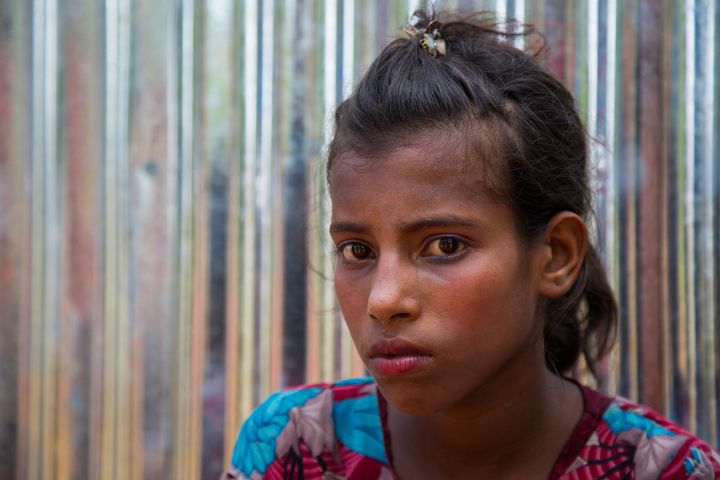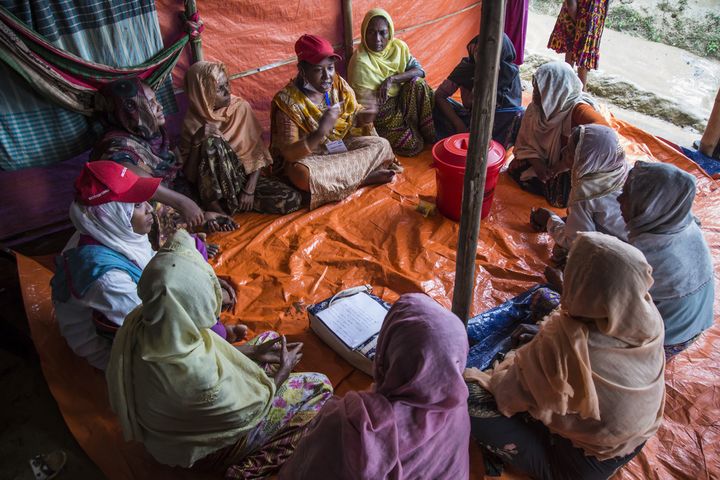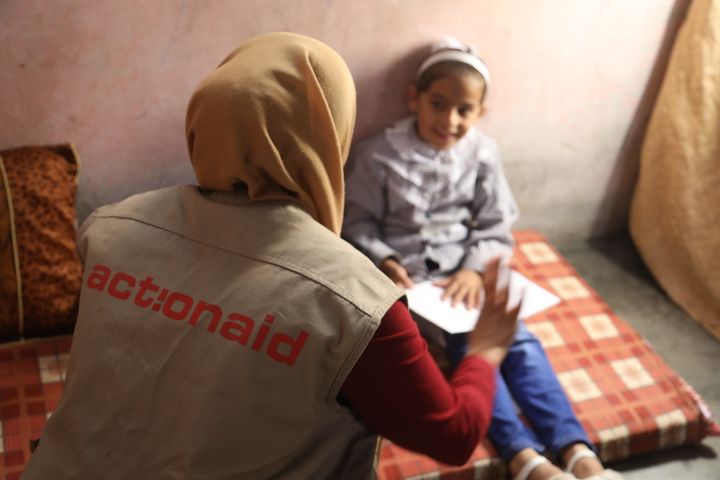This year 10-year-old Taslima watched her mother die from an illness then witnessed her father shot dead in front of her before running for her life, eventually arriving barefoot and helpless in Cox’s Bazar, Bangladesh. That is her experience of 2017.

As the year ends and people begin to reflect on what they have achieved in the comfort of their own surroundings, please take a moment to consider girls like Taslima. According to our research, an estimated 14 million girls around the world – equivalent to the population of Greater London – could be displaced from their homes due to humanitarian disasters.
Based on figures published by the United Nations, our calculations also show there has been an almost 50 per cent increase in the number of girls who have been displaced since 2013. And there is no sign of this figure improving.
In Myanmar, where Taslima is from, 624,000 Rohingya people have now been forced to flee since August, more than half of which are women and girls. While in the Democratic Republic of Congo, news headlines last week show the scale of people fleeing the violence created by rival militias is now outpacing Syria, Yemen and Iraq.

ActionAid is working in these countries and we focus specifically on women and girls because of the difficulties they face in the aftermath of conflict and disasters. Girls are particularly vulnerable if out of school as they are at greater risk of being married as children and/or sexually exploited.
Rape is also often used as a weapon of war; the bodies of women and girls become a target for those looking to redraw ethnic boundaries, destabilise communities and sow terror. One in three women will experience violence in their lifetime as it is, with conflict added to the mix, their situation becomes even more dire. In many nations the collapse of the rule of law also means they are unable to seek justice and are instead exposed to stigma.
As we factor in new cases for aid and target appeals towards them, our concern also remains with those in other countries still suffering from the impact of conflict, such as the DRC, Gaza, Afghanistan and Pakistan. Their stories drop out of the news agenda once the initial conflict subsides, but the impact of these wars remain.

The girls we work with in Gaza, for example, are still battling with the trauma of what they have witnessed - the violence and destruction - and living in fear of it happening again. Ongoing tension in the area means that they are still not safe from brutality and many are stuck in the shadow of this threat.
This is why we launched our No Girl Afraid appeal this Christmas, which calls on the public to help protect girls who have been torn away from their homes due to conflicts in their countries. With your help, we support girls to secure an education and provide safe spaces, so they are able to channel their stress and trauma and have the chance for a brighter future.
As we move into 2018, please join us on this journey helping girls worldwide access their rights no matter what. As much as we wish solutions could be simple, more often they are complex and need sustained support.
To sponsor a child, see actionaid.org.uk/child
